Iran granted International Atomic Energy Agency inspectors access to Karaj in December to re-install surveillance cameras there after a months-long standoff, according to Reuters.
A month later, Iran told the IAEA it was moving production of the parts for advanced centrifuges, machines that enrich uranium, to a new location in Isfahan from Karaj TESA, and the IAEA set up cameras there to monitor that work.
"Agency inspectors verified that these machines remained under Agency seal at this location in Natanz and, therefore, were not operating," the IAEA said in a statement on Wednesday.
Under an arrangement that is more than a year old, the IAEA does not have access for the time being to the data collected by some of its cameras, such as those at the new Isfahan workshop.
Iran has said that the IAEA will be allowed to have access to the recordings of the CCTV camera when there is an agreement on the removal of the sanctions on Tehran between Iran and the P4+1 with indirect involvement of the United States that illegally withdraw from the JCPOA in May 2018 in violation of UN Resolution 2231 that endorses the deal.
The European Union's top diplomat Josep Borrell has recently said that Iran and world powers were very close to an agreement on reviving the 2015 nuclear deal.
Borrell said, "We have reached a nuclear agreement with Iran and we have agreed on 95% of the points."
Tehran insists that an agreement is within reach and the US must make its political decision to remove the illegal sanctions in practice, a legitimate demand that has not been met by Washington despite previous promises by the Biden administration to do so. The western powers have tried recently to put the blame on Russia for the delay in concluding the talks, something that has been rejected by both Moscow and Tehran.
Tehran says the ball is now in Washington's court to decide on the removal of the illegitimate sanctions on Tehran to revive the deal.
KI/MA

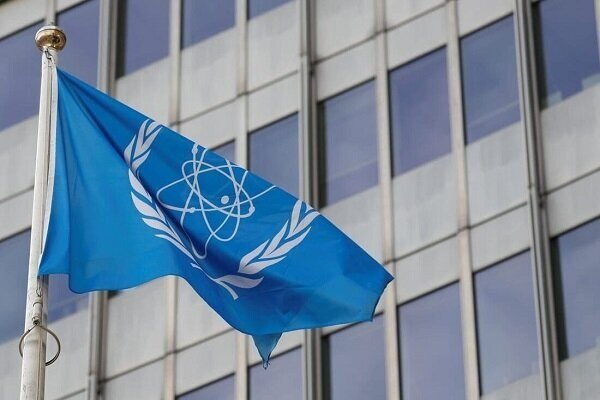

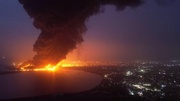



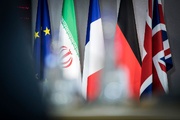

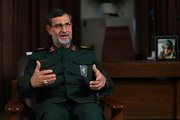
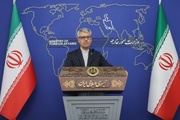








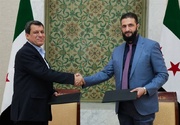
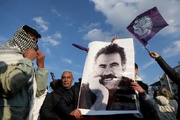
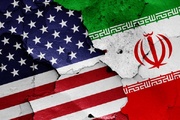

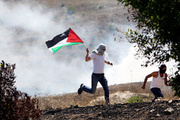


Your Comment